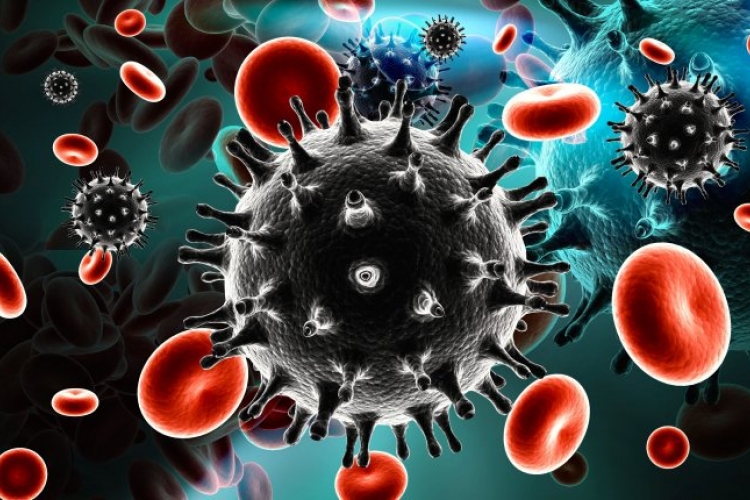Reported HIV cure. What does it mean?
News: HIV cured! This week a team of scientists and physicians from the U.K. published news of a second HIV positive man, in London after undergoing treatment for lymphoma is HIV negative and cured. The unexpected success has launched a new round of discussion about a potential cure for HIV.
Since 2008, scientists have been trying to replicate the treatment that cured the “Berlin patient” of HIV. At the time, this man, who tested positive for the human immunodeficiency virus in Berlin and had undergone treatment for acute myeloid leukaemia, appeared to have been cured of his HIV.
What is HIV?
HIV is the virus that causes AIDS(Acute Immuno Deficiency Syndrome). It shuts down a patient’s immune system and makes him vulnerable for all possible and even simple infections which could prove fatal. Today, almost 37 million people living with HIV, out of which 2.1 million is estimated to be from India by NACO. In 1996, with the introduction of HIV anti-retroviral therapy medications halted HIV from replicating and allow an infected person to regain a functioning immune system. These medications are so effective that today a person living with HIV has almost the same life expectancy of someone without HIV infection. However, these medications must be taken every day, have multiple distressing side effects, and can cost a lot.
The ‘cure’ treatment
In 2008 the news broke of the Berlin patient, who seemed to have been cured of his HIV after he underwent aggressive treatment for his acute leukaemia that involved two hematopoietic stem cell transplantations.This complex treatment involves destroying a person’s own immune system with high doses of chemotherapy or radiation. Then the patient receives a transplant of new stem cells from either themselves or a donor.
Researchers learned that, In the case of both Berlin and now the London patient, the new blood cells transplanted into them were from donors who had two copies of a gene mutation for the CCR5 receptor. This CCR5 receptor mutation – present in about 1 per cent of people of European descent – prevents HIV viruses from entering immune cells. This renders them resistant to most HIV infection.
What is CCR5 or Delta 32 mentioned in the news?
These are genetic mutations. A mutation is the permanent alteration of the nucleotide sequence of the genome of an organism, virus, or DNA or other genetic elements. This change in the structure of DNA (known as CCR5-delta 32) that prevents the virus from entering the cells of the immune system.
In simple words, these are genes which are mutated to become resistant to HIV infection
What does this mean?
Bone-marrow stem transplants are risky they make a patient vulnerable to life-threatening diseases like acute anaemia and are expensive procedures. They are not likely to be the treatment option for a vast majority of the 37 million HIV-infected; it’s hard enough to find tissue-matched donors for so many people, let alone locate one that also has the Delta 32 mutation.
Opportunity:
The potency of gene-editing as therapy for those infected with the virus, similar to the treatment for sickle-cell disease, haemophilia and certain types of cancer is a viable chance. Researchers in different parts of the world are working on procedures to edit people’s immune cells to make them HIV resistant — they would mimic Delta 32. They are also trying to develop reverse vaccination, much like for smallpox — where an immune response is engineered to target the virus.


 IAS -2025 Prelims Combined Mains Batch - III Starts - 14-04-2024
IAS -2025 Prelims Combined Mains Batch - III Starts - 14-04-2024